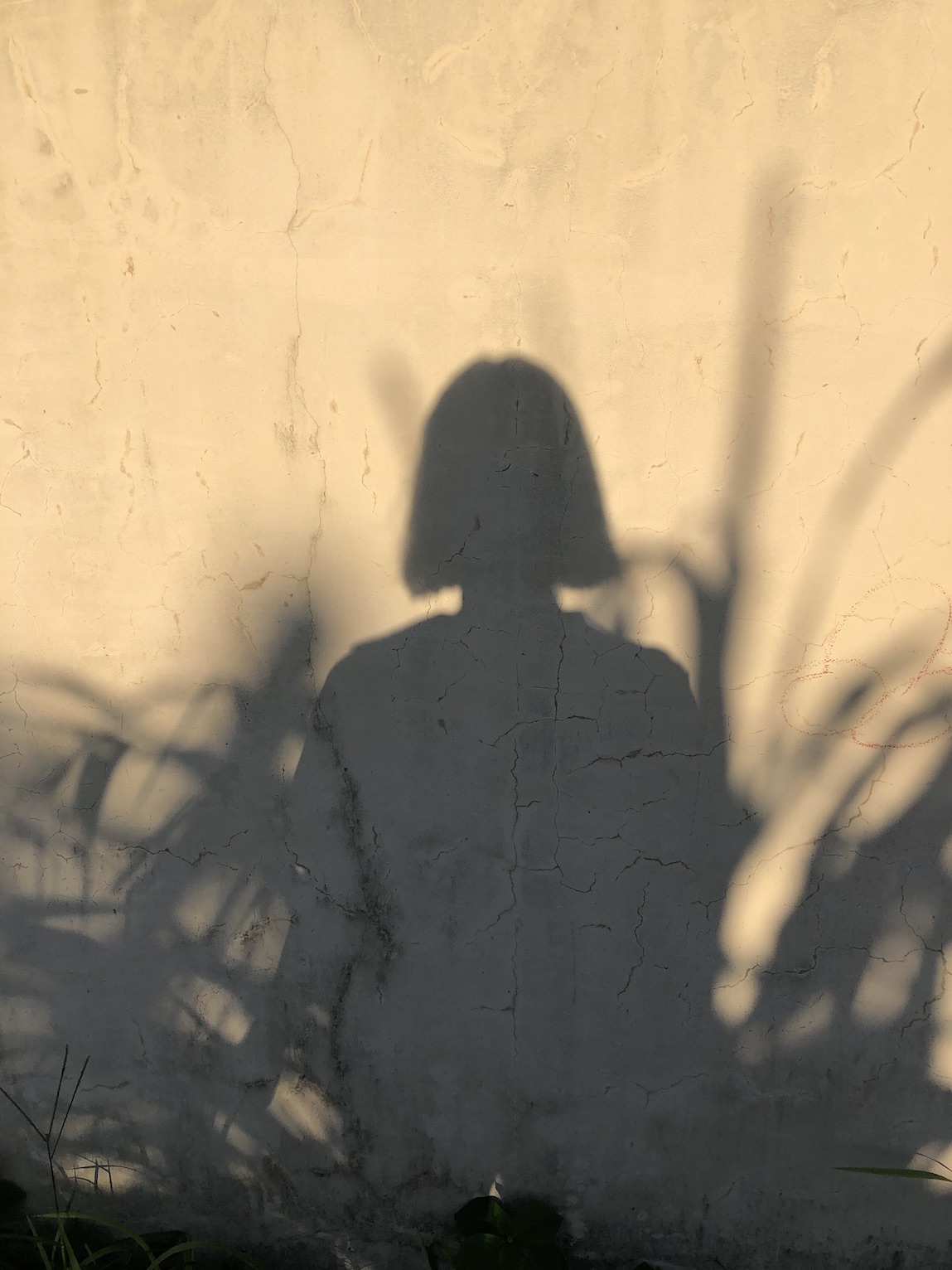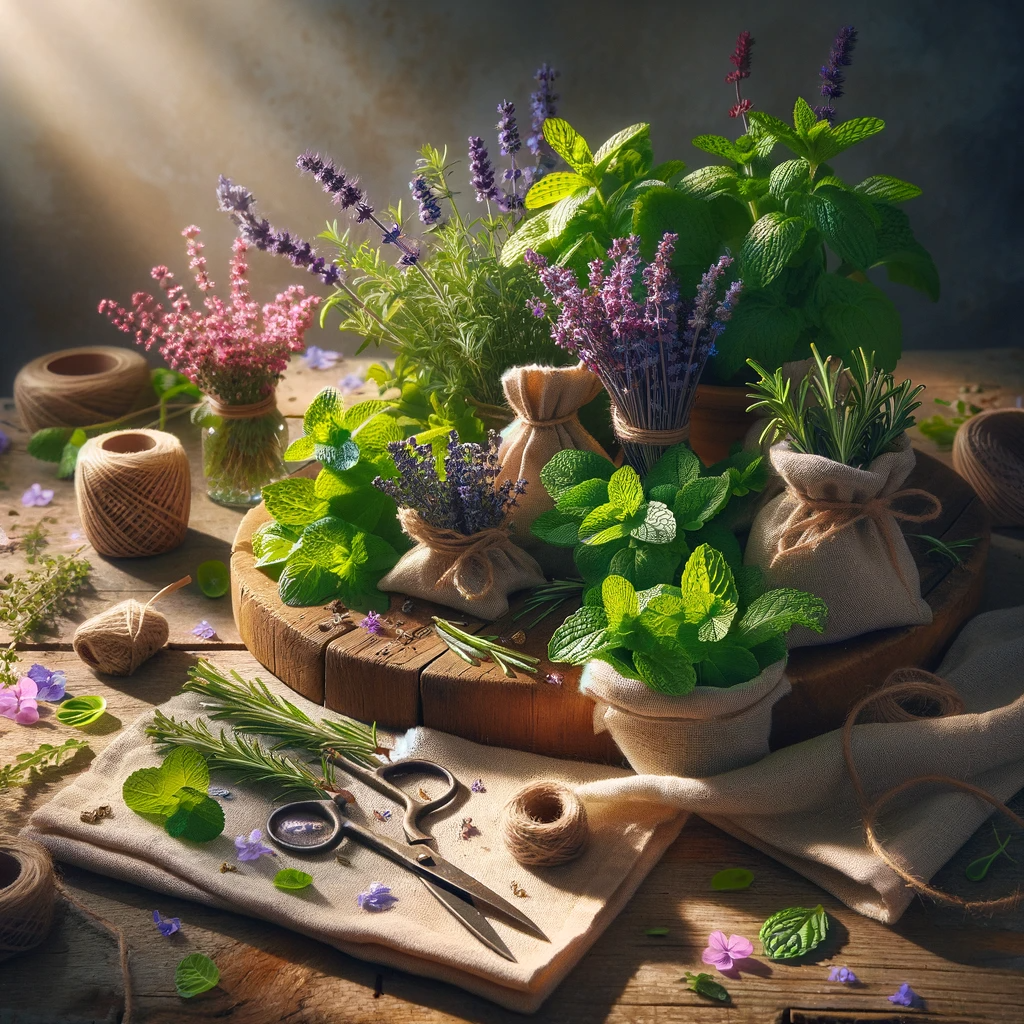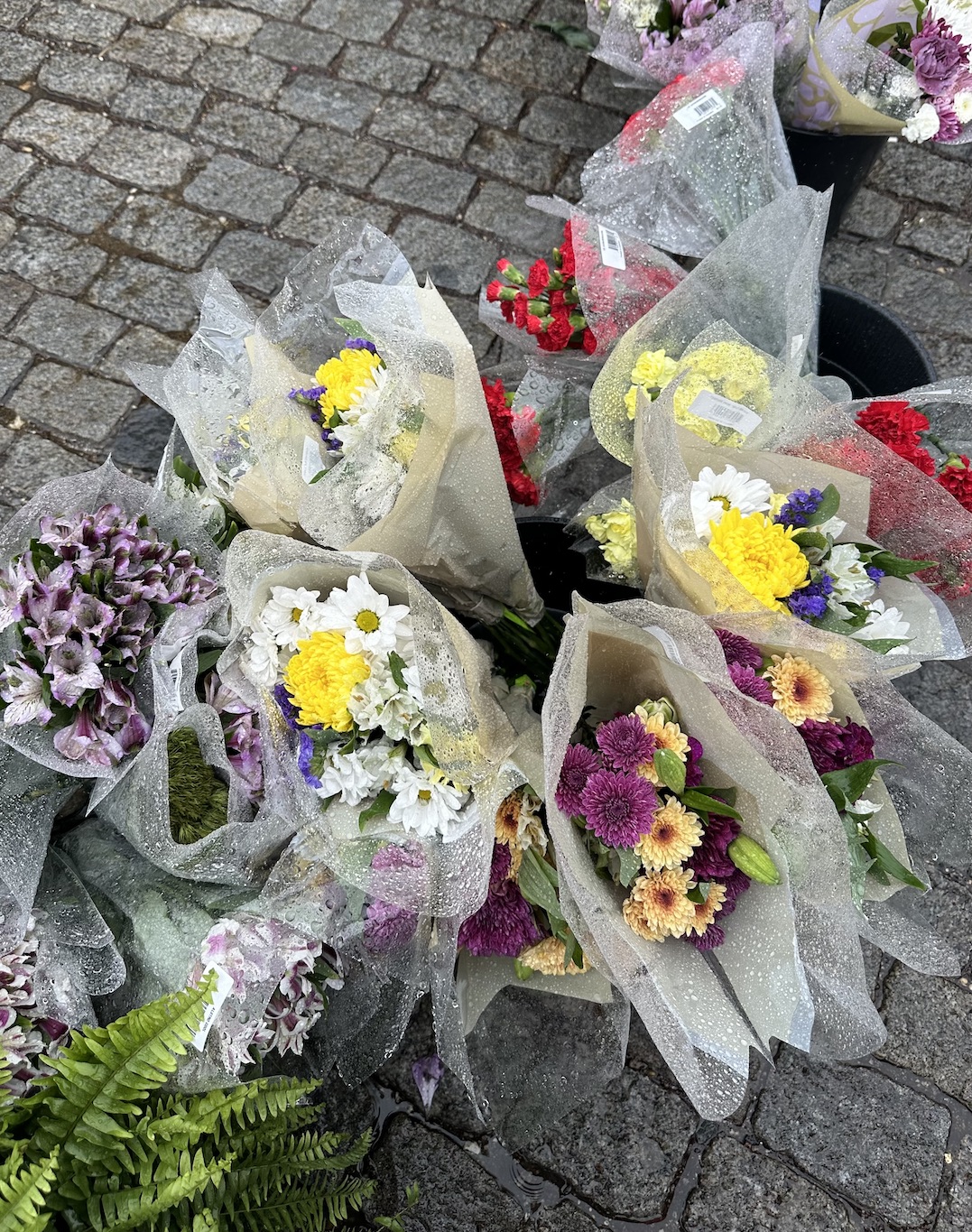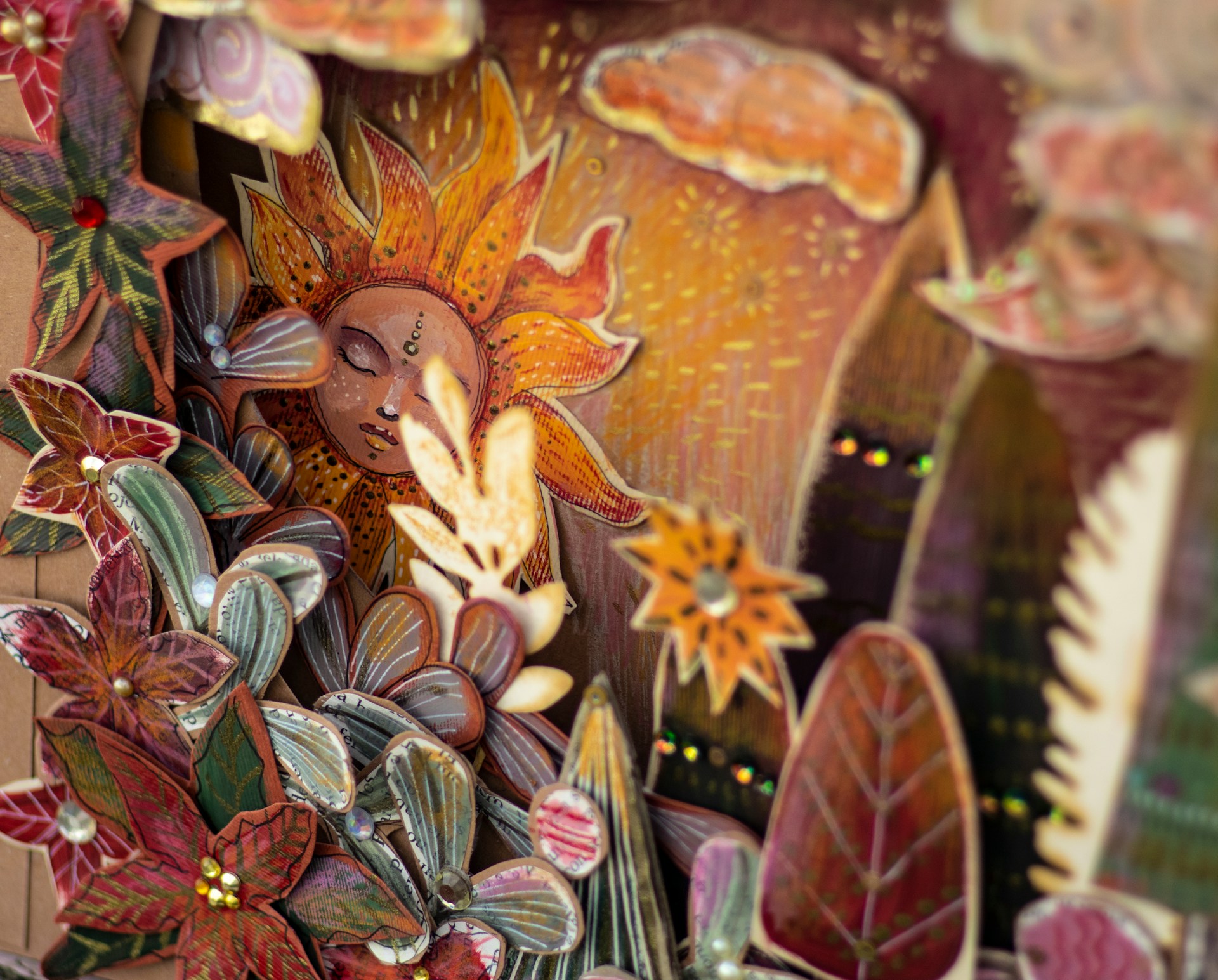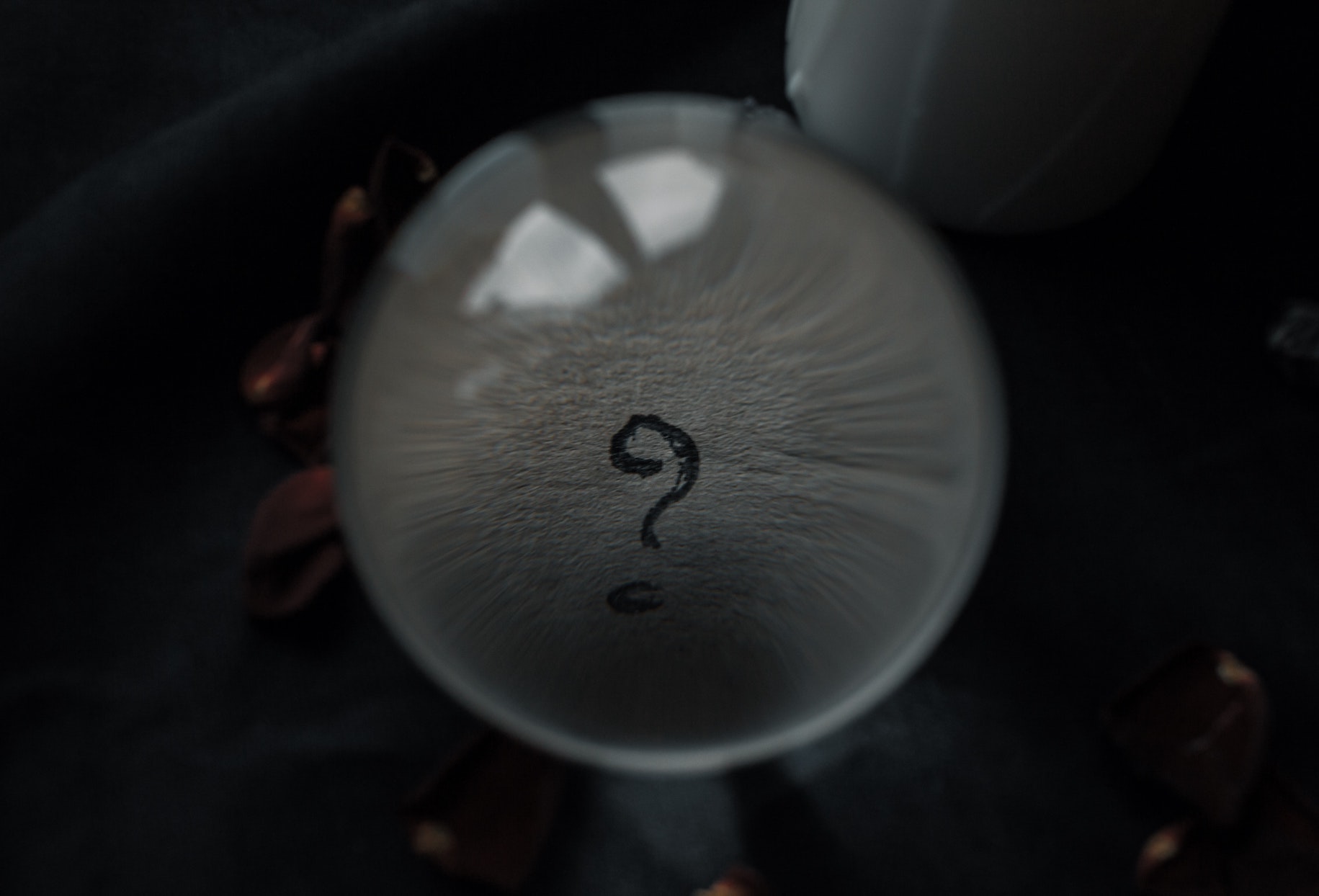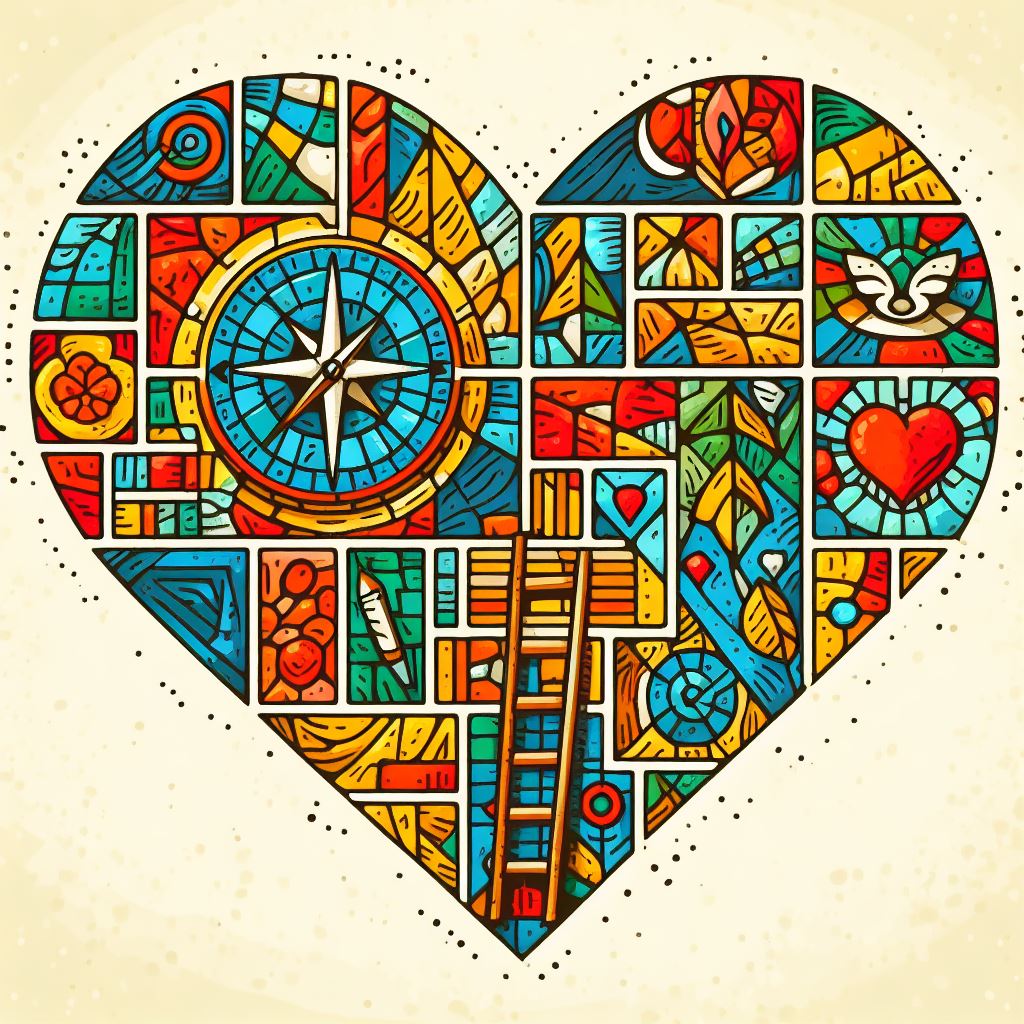Witchcraft and its practices have long fascinated many, offering a unique blend of spirituality, nature, and self-empowerment. At the heart of these practices are the elemental correspondences – Earth, Air, Fire, Water, and Spirit.
These elements are more than just physical entities; they symbolize different aspects of life and the universe, each holding unique energies and meanings.
This article delves into the world of elemental correspondences in witchcraft, exploring how these powerful symbols are used and how they can enhance your magical practice.
The Basics of Elemental Correspondences in Witchcraft
The concept of elemental correspondences in witchcraft is foundational, yet profound. These elements – Earth, Air, Fire, Water, and Spirit – are not just physical substances; they represent different energies, traits, and aspects of the universe.
They form the basis of many magical practices, influencing everything from spell casting to rituals. Understanding each element’s unique properties and how they interact is crucial for anyone looking to deepen their practice in witchcraft.
Earth: The Foundation of Stability and Growth
Symbolic Meanings of Earth in Witchcraft
Earth, solid and nurturing, is the element that represents stability, fertility, and growth. In witchcraft, it symbolizes the grounding force, a source of comfort and strength. It is the foundation upon which all else stands, associated with the North direction, and often represented by the color green or brown.
Common Correspondences of Earth
This element connects to a myriad of correspondences in witchcraft. Earth’s colors include deep greens and browns, symbolizing growth and stability.
Crystals like agate and hematite are considered Earth stones, used for grounding and protection.
Herbs tied to this element, such as patchouli and vetiver, are often used in spells for prosperity and stability.
The time of day that resonates with Earth is midnight, a moment of deep quiet and connection to the ground.
Earth in Rituals and Spell Work
In rituals, Earth is called upon for grounding, nurturing, and manifesting physical desires. It’s common in rituals involving prosperity, abundance, and physical wellbeing.
Represented on altars by stones, crystals, or a bowl of soil, Earth serves as a reminder of the solid ground beneath our feet, offering stability and support in magical workings.
Air: The Bearer of Wisdom and Communication
Symbolic Meanings of Air in Witchcraft
Air, elusive and ever-present, represents intellect, wisdom, and communication. It is associated with the East, the dawn, and the breath of life. In witchcraft, Air is the element of the mind, embodying ideas, knowledge, and clarity of thought.
Common Correspondences of Air
Air’s correspondences in witchcraft are as varied as the element itself.
Its colors are typically light and ethereal, like yellows and sky blues.
Incenses such as lavender and sage are often used to represent Air, aiding in spells for clarity and communication.
Tools like the wand or the athame, which direct energy and intention, are also associated with Air.
Utilizing Air in Magical Practices
In magical practices, Air is invoked for matters of the intellect, communication, and travel. Spells for knowledge, understanding, and clear communication often call upon the power of Air.
Representations of Air on an altar can include feathers, incense, or images of birds and clouds.
Fire: The Flame of Transformation and Willpower
Symbolic Meanings of Fire in Witchcraft
Fire, dynamic and transformative, symbolizes energy, willpower, and passion. In witchcraft, it represents change, creativity, and the power to bring about one’s desires.
Associated with the South, Fire is the spark of life and the driving force behind transformation.
Common Correspondences of Fire
Fire’s correspondences include candles, which are often used in spell work for focus and manifestation.
Colors like red and orange symbolize its energy and passion.
Fire is celebrated in rituals during the summer solstice, a time of peak energy and light.
Fire’s Role in Manifestation and Energy Work
In energy work and spell casting, Fire is the catalyst for change. It is used to ignite passion, fuel determination, and burn away the old to make way for the new.
In rituals, Fire is often represented by a candle or a small flame, serving as a focal point for directing energy and intention.
Water: The Essence of Emotion and Intuition
Water, fluid and deep, represents emotion, intuition, and the subconscious. It is associated with the West, the setting sun, and the ebb and flow of tides.
In witchcraft, Water is the element of emotional depth, healing, and reflection.
Symbolic Meanings of Water in Witchcraft
Water is the essence of fluidity and intuition, often seen as the purveyor of the subconscious mind and emotional wellbeing.
In witchcraft, it symbolizes healing, purification, and psychic abilities. Connected with the moon, Water reflects the cyclical nature of life and the flow of energy.
Common Correspondences of Water
In terms of correspondences, Water is associated with chalices and cups, which hold the essence of life.
It is linked to the moon phases, particularly the full moon, a time of heightened psychic energy and intuition.
Scrying tools like mirrors and bowls of water are used for divination, tapping into Water’s reflective and intuitive qualities.
Water in Healing and Divinatory Practices
Water plays a crucial role in healing and divination. It is often used in rituals for purification and emotional healing.
In divination, water-based methods like scrying or tarot readings near bodies of water help to enhance intuitive abilities, offering deeper insights and emotional clarity.
Spirit or Aether: The Ethereal Element of Unity and Divinity
Spirit, or Aether, is often considered the fifth element in witchcraft, representing the unseen, ethereal force that unites all the elements.
It’s the bridge between the physical and spiritual worlds, embodying the essence of magic itself. In magical practices, Spirit symbolizes balance, unity, and the connection to the divine.
Understanding Spirit/Aether in a Witchcraft Context
Spirit stands apart from the tangible elements, representing the mystical and intangible aspects of life. It’s the vital force, the energy that animates and connects all things.
In witchcraft, acknowledging Spirit is acknowledging the interconnectedness of all energies and the balance necessary in the universe.
Correspondences of Spirit/Aether
Spirit doesn’t have the same physical correspondences as the other elements.
It’s often represented in rituals through the act of combining elements, symbolizing their unity.
On altars, it can be represented through a cauldron, representing the melding of elements, or through symbolic gestures like the casting of a circle, which honors the unity of all energies.
The Role of Spirit in Balancing and Elevating Magical Work
Incorporating Spirit into magical practice is about seeking balance and deeper connections. It’s the element that reminds practitioners of the greater picture, the interconnectedness of all things.
Invoking Spirit in rituals and spells brings a sense of harmony and alignment with the universe, elevating the effectiveness and depth of the magical work.
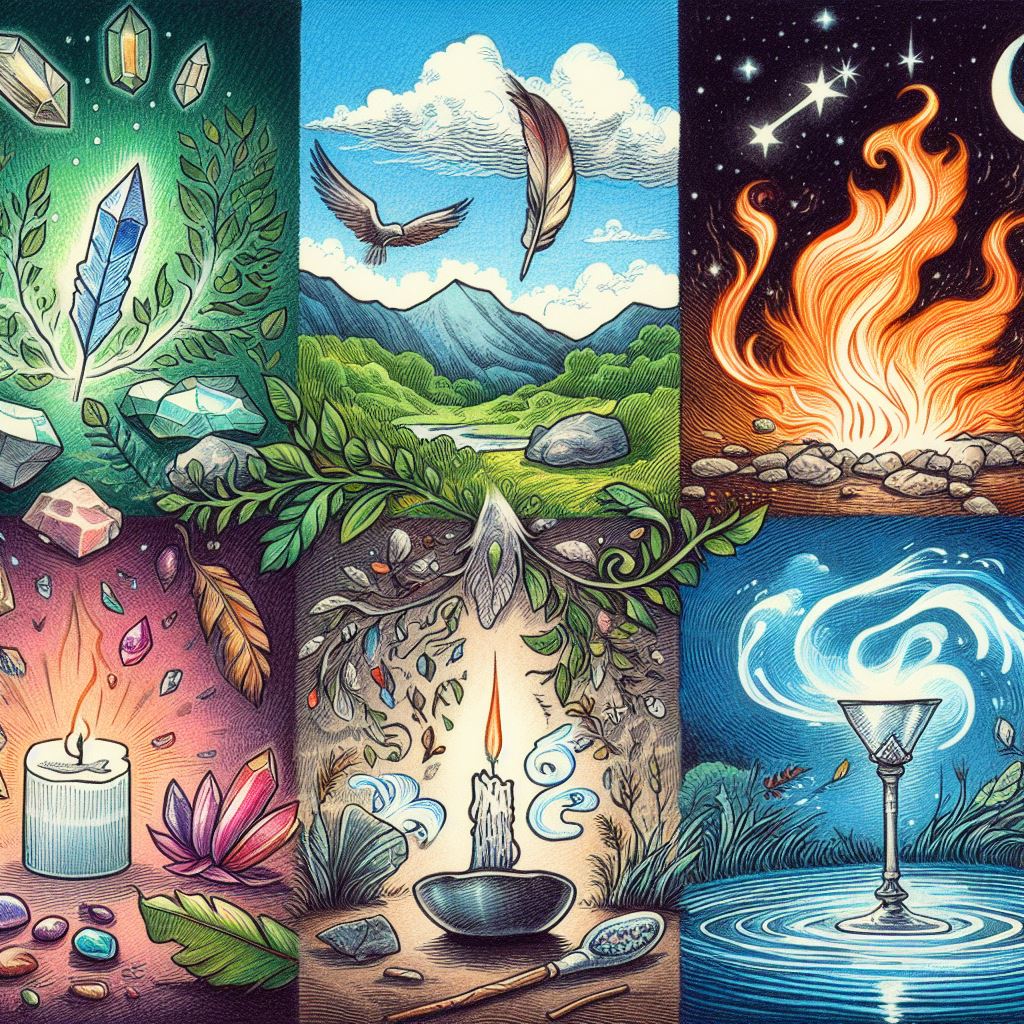
Practical Applications: Bringing Elements into Your Practice
Incorporating the elements into your witchcraft practice can seem daunting, but it’s about finding balance and resonance with these natural forces. Here are some practical ways to include elemental energies in your everyday magical practice.
Tips for Incorporating Elements into Daily Witchcraft Practices
Start by attuning yourself to each element. Spend time in nature to connect with Earth, meditate to align with Air, light candles to engage with Fire, and use water in cleansing rituals.
Pay attention to the elements in your daily life and how they manifest around you.
Simple Elemental Rituals and Spells for Beginners
For beginners, simple rituals can be profoundly effective.
Try a grounding ritual for Earth, where you visualize roots extending from your feet into the ground. A simple Air ritual could involve writing intentions on paper and releasing them to the wind. For Fire, light a candle while focusing on a goal. Water rituals can include cleansing baths or scrying in a bowl of water.
Creating a Balanced Practice with Respect to All Elements
Balance is key in elemental witchcraft. Ensure that your practice includes aspects of each element. This can be as simple as having representations of each element on your altar or as complex as designing rituals that call upon all elements.
The goal is to respect and harness the unique energies each element offers.
Elemental correspondences in witchcraft are a rich and fascinating aspect of the craft, offering insights into the natural world and our connection to it.
By understanding and working with Earth, Air, Fire, Water, and Spirit, practitioners can deepen their magical practice and create a balanced, harmonious connection with the energies of the universe.


